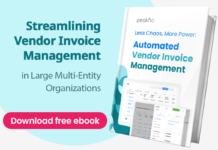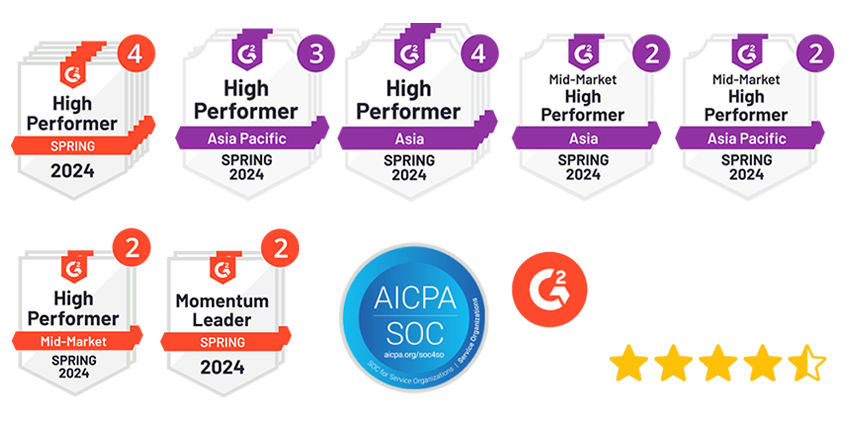If you are running a business in Singapore, you know how important it is to keep your finances in order. Whether a large enterprise or a growing tech startup, understanding how your money moves is key to making smart decisions. That is where double-entry accounting comes in.
It might sound complex, but really, it is a simple system that helps you keep track of every transaction in two places. This is not just about following rules—it is about giving you a clearer, more accurate picture of your financial health. By using double-entry bookkeeping, you can spot trends, avoid mistakes, and make decisions that keep your business running smoothly.
In this blog, we will explain double-entry accounting, walk you through some double-entry examples, and show you why it is the go-to method for businesses in Singapore. Let us explore how this system can make managing your finances easier and more reliable.
What is Double-Entry Accounting?
Double-entry accounting is a system that records every transaction in two places: a debit and a credit. This way, your accounting cycle stays balanced, and you can easily track where your money is coming from and where it is going.
At its core, it works on a simple idea: every time something is added to one account, it is taken from another. This keeps your finances organized and error-free.
The Formula:
| Assets = Liabilities + Equity |
Let us break it down with a quick example: Suppose you buy office equipment for $500 using cash. You would record a debit of $500 to Equipment (since your assets increased). At the same time, you would record a credit of $500 to Cash (because your cash decreased).
See? It is all about balance. When done right, double-entry accounting helps you keep a clear and accurate picture of your finances, which is super important for any business, especially here in Singapore.
The Key Components of Double-Entry Accounting: Debits, Credits, and Account Types
To get a good handle on how the double-entry system works, you need to understand the types of accounts involved and how debits and credits come into play. It is time to explore these ideas from the inside out.
1. Concept of Debit and Credit
To understand how double-entry accounting works, it is important to know what debits and credits mean. Here is a breakdown:
- Debit (Dr): The ledger’s left side is used to record debit entries. It typically increases assets and expenses or decreases liabilities, equity, and revenue. For example, when a business purchases an asset, the asset account is debited because the business’s resources have increased.
- Credit (Cr): A credit is recorded in the right-hand column of the general ledger. It usually represents an increase in liabilities, equity, and revenue or a decrease in assets and expenses. When a company receives cash for a sale, the cash account is credited, increasing the business’s liabilities or equity.
2. Types of Accounts in Double-Entry Accounting
The double-entry system categorizes transactions into five primary types of accounts to maintain accurate records:
- Assets
- Liabilities
- Equity
- Revenue
- Expenses
Each type of account has a specific role in keeping your records balanced. Knowing how debits and credits affect these accounts is important for accurate bookkeeping. Debits and credits must be recorded in the right accounts to keep everything correct.
Here is how each works:
- Assets: Assets represent everything the business owns, such as cash, equipment, or property. These accounts usually have a debit balance. For example, when a company buys inventory, the inventory account is debited because assets have increased.
- Liabilities: Liabilities are what the business owes, like loans or unpaid bills. These accounts have a credit balance. When the company borrows money, the loan account is credited to reflect the increase in liabilities.
- Equity: Equity represents the owner’s interest in the business, including retained earnings and investments. Equity accounts generally have a credit balance. For example, when the owner invests more capital into the company, the equity account is credited.
- Revenue: Revenue is the income a business generates through its activities, such as selling products or providing services. Revenue accounts are credited, as they represent an increase in the company’s financial inflows.
- Expenses: Business expenses are the costs a company pays to run its operations. These include things like rent, employee salaries, and buying supplies. In accounting, expenses are usually recorded as debits. This is because they represent money going out of the business.
How Double-Entry Accounting Works
To really understand how double-entry bookkeeping works, let us walk through an example with an imaginary company called StellarTech Solutions. Suppose StellarTech buys office equipment worth $500 on credit.
This purchase affects two accounts:
- the office equipment account (an asset)
- the accounts payable account (a liability).
Here is how this transaction gets recorded step-by-step:
1. Recording the Transaction
Initially, the transaction must be documented in the journal. Double-entry bookkeeping means making a debit and a credit entry.
- Debit: The office equipment account is debited by $500. Why? Because StellarTech just acquired a new asset worth $500.
- Credit: The accounts payable account is credited by $500. Since the purchase was made on credit, this reflects the liability StellarTech now owes to the vendor.
2. Posting to Ledger Accounts
Next, the journal entries are transferred into the company’s ledger accounts. This step organizes all the transaction details into the general ledger, which is like a big record book for all the accounts.
- The $500 debit goes into the office equipment ledger, showing an increase in assets.
- The $500 credit goes into the accounts payable ledger, showing an increase in liabilities.
3. Trial Balance Preparation
At the close of every accounting period, StellarTech creates a trial balance. This serves as a final review to ensure all entries are accurate. The goal is to make sure total debits equal total credits, showing the accounts are balanced.
For instance, the office equipment ledger will show a $500 debit balance, while the accounts payable ledger will show a $500 credit balance. This process helps ensure that all accounts are in balance and everything is accurate.
4. Financial Statement Preparation
Once the trial balance confirms that total debits equal total credits, StellarTech Solutions can move on to preparing its financial statements. These are the key financial reports that give a full picture of the company’s financial health.
- Balance Sheet: In the balance sheet, you will see the $500 in the office equipment account listed under assets. At the same time, the accounts payable account will show the $500 liability. This gives a snapshot of the company’s financial position at that moment.
- Income Statement: This particular purchase of equipment does not affect the income statement right away because it is an asset, not an expense. However, as the equipment depreciates over time, the depreciation expense will show up in future income statements.
The best way to deal with these key aspects is to automate the entire finance process. How to do it? – We will discuss it below.
Single vs Double-Entry Accounting
Single-entry accounting is the simpler of the two methods. In this system, every transaction is entered just a single time. It can be listed as income or as an expense.
Understanding the difference between single-entry and double-entry accounting is important for managing finances. Each approach has its advantages and disadvantages, depending on the size and requirements of the business.
| Aspect | Single-Entry Accounting | Double-Entry Accounting |
|---|---|---|
| Basic Concept | Records only one side of a financial transaction (typically cash inflows or outflows) | Records both the debit and credit sides of each financial transaction |
| Complexity | Simple and straightforward | More complex and systematic |
| Accuracy | Limited ability to detect errors | Built-in error detection through balanced books |
| Financial Statements | Difficult to generate comprehensive financial statements | Allows easy preparation of balance sheets, income statements, and cash flow statements |
| Typical Use | Small personal businesses or simple cash-based organizations | Medium to large businesses, corporations, and complex financial operations |
| Recording Method | Typically uses a cash book or simple ledger | Uses multiple ledgers (general ledger, subsidiary ledgers) |
| Error Detection | Minimal error tracking | Errors can be detected through the accounting equation (Assets = Liabilities + Equity) |
| Audit Trail | Limited or non-existent | Provides a clear and traceable audit trail |
| Accounting Equation | Not typically used | Fundamental to the accounting process |
| Compliance | May not meet accounting standards for larger businesses | Meets Generally Accepted Accounting Principles (GAAP) |
| Reporting Detail | Provides basic income and expense tracking | Provides detailed financial insights and comprehensive reporting |
So, which one is right for you?
- Single-Entry: Best for small, simple businesses with few transactions. It is easy to manage but does not give detailed financial information.
- Double-Entry: Works better for businesses that need accurate and detailed records. It is more complex, but it gives a clearer and more reliable picture of your finances. It also helps track growth and meet accounting standards.
Pros and Cons of Double-Entry Accounting
Double-entry accounting is a reliable method for managing your finances. However, like any system, it has both benefits and drawbacks. Let us walk through both sides of the story.
Pros of Double-Entry Accounting:
- Accuracy and Balance: One of the main benefits is that it keeps everything balanced. For every transaction, you record it in two parts: one as a debit and the other as a credit. This method catches mistakes before they become bigger problems, ensuring your books stay accurate and trustworthy.
- Comprehensive Financial View: With double-entry accounting, you get a complete picture of your business’s finances. It tracks your assets, liabilities, income, and expenses all at once, helping you understand how every part of your business connects.
- Clearer Financial Reports: Creating financial statements, like balance sheets and income statements, becomes much easier with the double-entry accounting system. These reports are not only useful for you but are also necessary when you need to share your numbers with banks, investors, or tax authorities.
- Better Tracking of Business Growth: Because you have more detailed records, you can track the growth of your business more effectively. You can spot trends, understand where money is coming from or going, and make smarter decisions for the future.
- Complies with Standards: This method follows well-known accounting rules like GAAP or IFRS. So, if your business grows and you need to follow legal or tax regulations, you are already on the right track.
Cons of Double-Entry Accounting:
- It is More Complicated: Double-entry accounting is not as simple as single-entry. It requires tracking both sides of every transaction, which can be a bit overwhelming, especially for smaller businesses or people just starting.
- Time-Consuming: Since you have to make two entries for every transaction, setting everything up and maintaining it takes more time. If you have a lot of transactions, the process can become pretty detailed and time-intensive.
- Requires More Knowledge: To use double-entry accounting properly, you need to understand how debits and credits work. If you are not familiar with accounting terms, it might take some time to get comfortable with the system.
Streamline Finance Operations with Peakflo AI
If you are managing a business, you know how important it is to maintain accurate financial records. Thankfully, Peakflo AI – one of the most reputable FinTech companies, is here to automate these processes, making it easier to stay on top of your double-entry accounting system.
Automated Document Capture and Data Structuring
Peakflo AI makes document management easier by automatically collecting data from emails, WhatsApp, and APIs – all in one platform. It scans receipts and invoices, picks out the important details, and organizes everything for quick use. This helps keep financial records accurate. It also digitizes unstructured documents and tables that do not follow a certain template and extracts each line item’s details automatically. This saves time and reduces mistakes that can happen with manual entry.
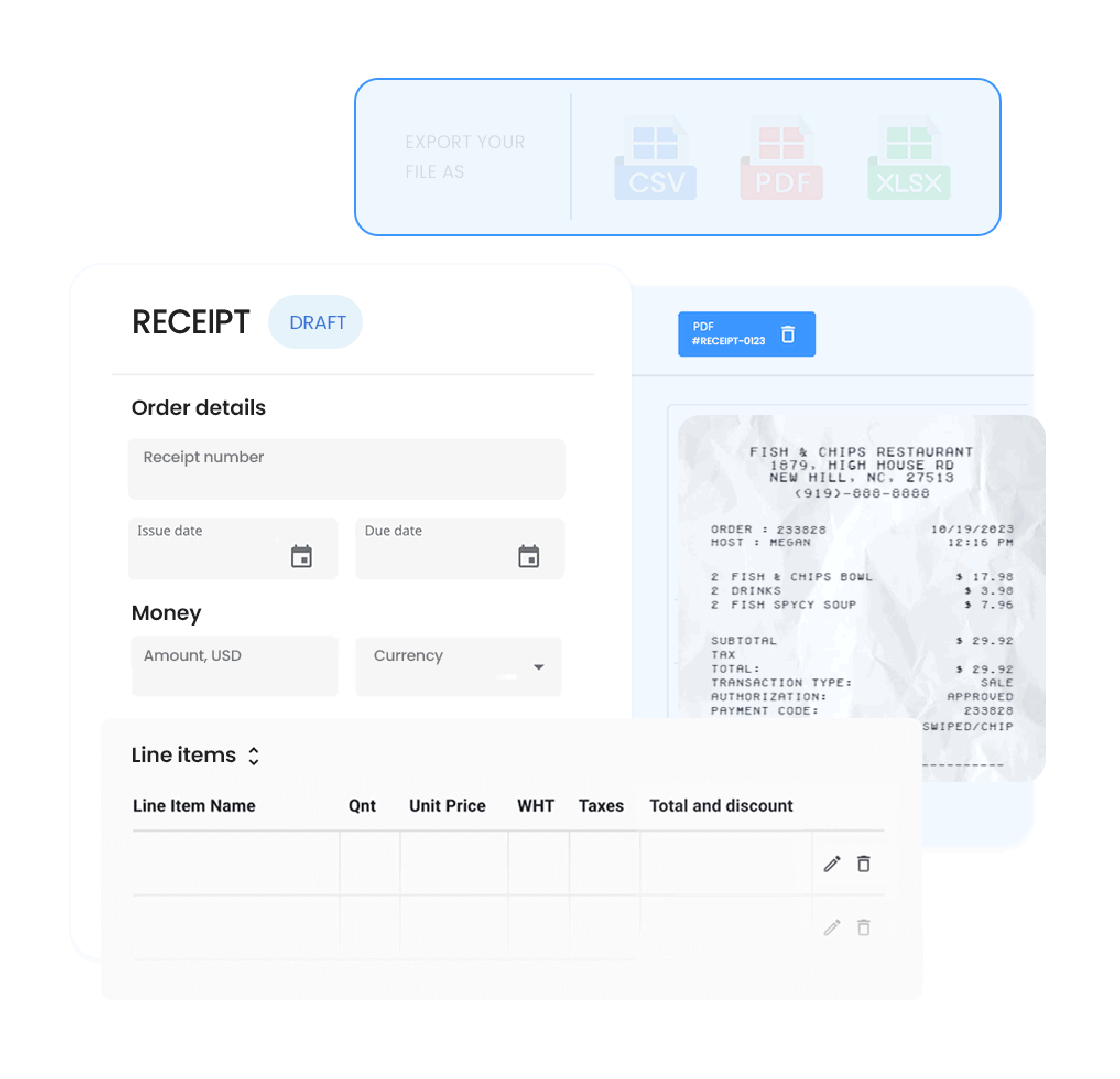
Document Categorization
In double-entry accounting, each document impacts different accounts. Peakflo AI automatically sorts documents into the right accounts. Whether it’s an invoice, payment receipt, or credit note, the system ensures debit and credit entries match correctly.
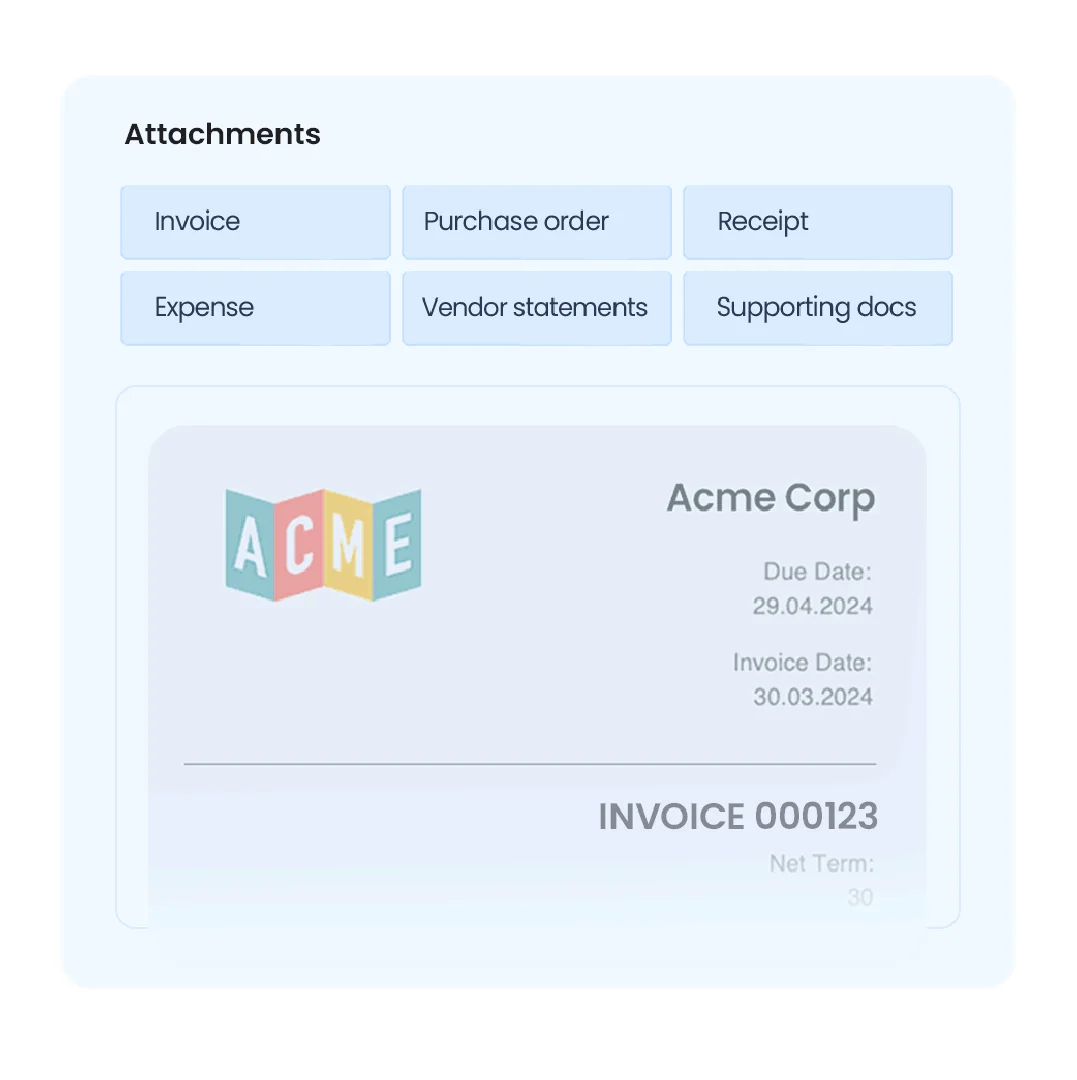
Vendor Reconciliation
Peakflo AI helps with vendor reconciliation by automatically vendor statements with invoices and AP ledger. It ensures that the right amounts are applied to the correct accounts. This keeps the balance required for double-entry accounting. It also ensures financial records are accurate and follow accounting rules.
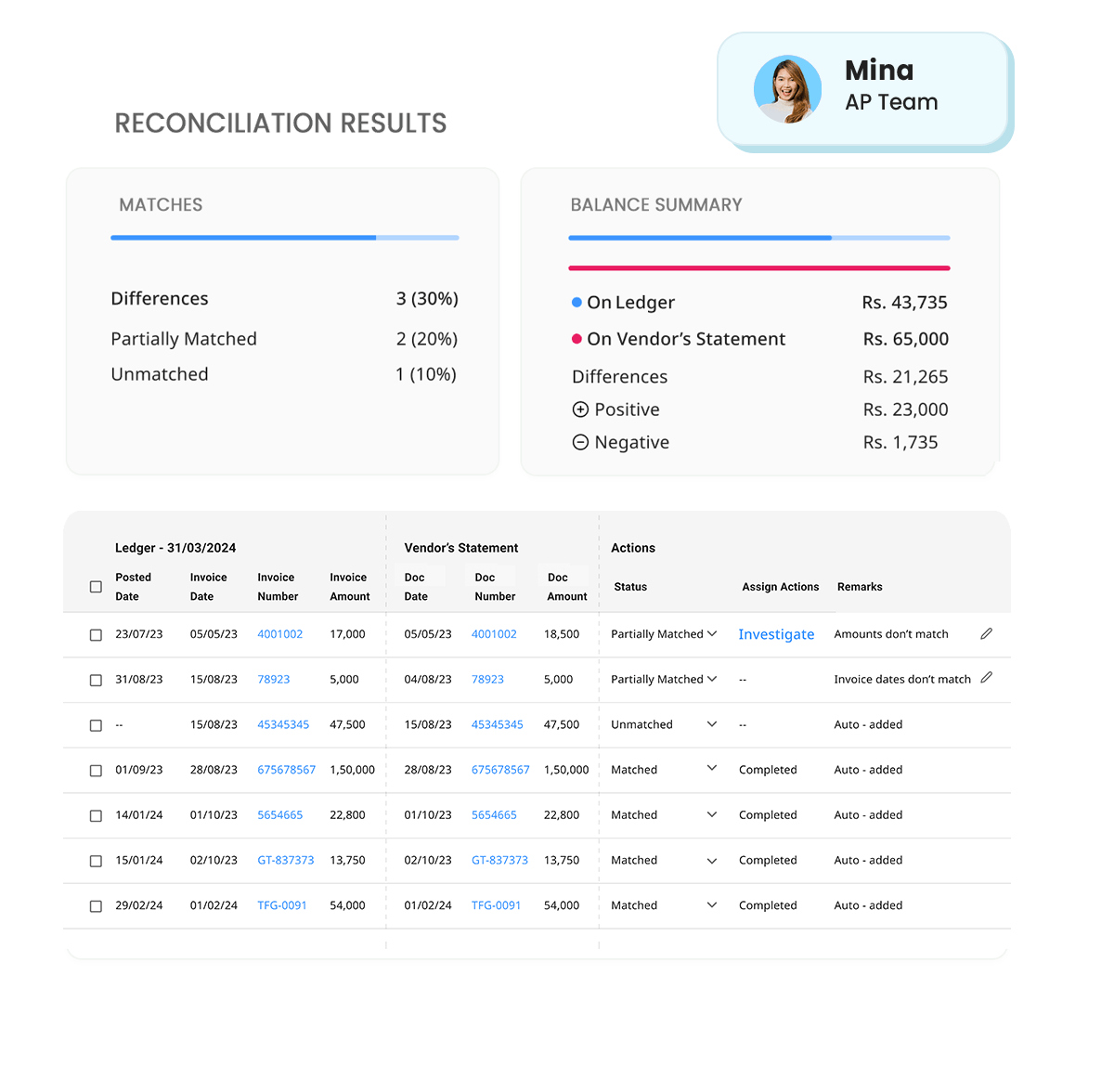
Cash Application
Peakflo AI speeds up and simplifies cash application. It matches remittance details with invoices and bank statements, flagging any mismatches for review. This enables automatic cash posting and same-day closing, saving time and ensuring accurate records. By reducing manual work it improves accuracy in accounting and makes cash management more efficient.
Syncing Data Back to ERP or Accounting Software
Peakflo seamlessly syncs all transaction data with your ERP or accounting software instantly, keeping your records up-to-date without any manual effort. It automatically records the debits and credits in the right accounts. This ensures your financial records are always balanced in double-entry accounting. You no longer need to export or import data manually, resulting in faster month-end close.
Conclusion
Double-entry accounting is a great way to keep your financial records accurate. However, it can also be complicated. It takes a strong understanding of accounting rules and a lot of time to track every transaction. Doing it manually is not just slow; it can also lead to mistakes, especially when recording the details.
Peakflo helps by automating key parts of the double-entry process. This means your finance team can save time, make fewer mistakes, and keep your books balanced and in line with the rules. If you want your accounting to be faster, more accurate, and easier to manage, Peakflo AI is the solution for you.
Curious to see how it works? Book a demo tour to explore how Peakflo AI can streamline your accounting and save you time.










![Why AI Sales Calls Are Making Good Sales Reps Even Better [2025 Guide] ai sales calls](https://blog.peakflo.co/wp-content/uploads/2025/09/65168cf6-3001-4733-8cbc-12d5684cf449-218x150.webp)







